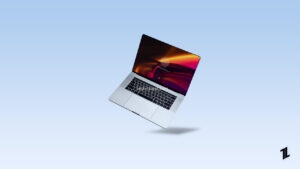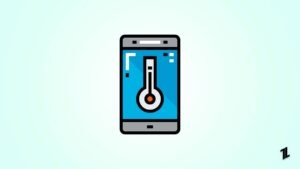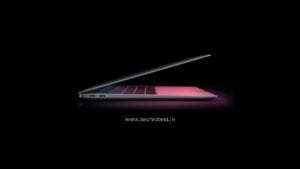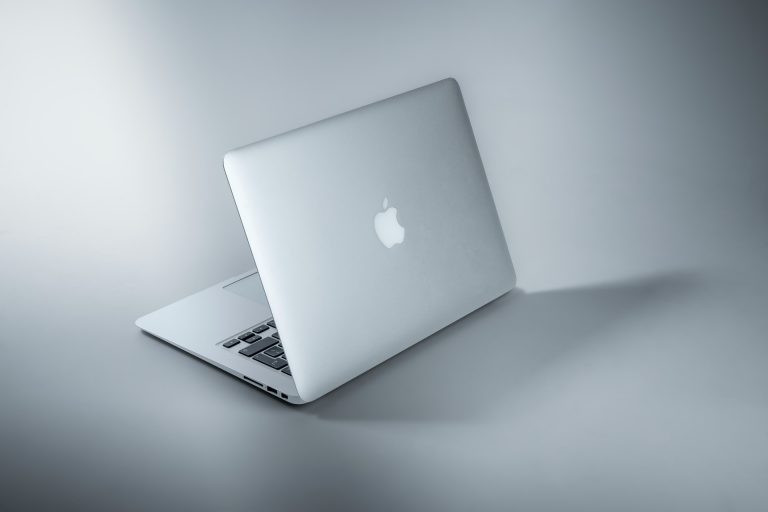
When your MacBook overheats, its fan starts making noise. However, if this continues for longer than usual, it is extremely loud, then it deserves your attention.
When your Mac’s fan is too loud or loud for a longer than usual time or if it occurs with a great frequency, your device is at risk. This is because fans are a part of a laptop’s thermoregulation process.
Like humans sweat during the summer heat to reduce the body temperature as a part of the thermoregulation process similarly, MacBook’s fans spin to maintain themselves.
If you have the usual MacBook models, they will use their fan to cool the device temperature.
However, if you have a later MacBook model like MacBook Air M1 they don’t have a fan and use another mechanism, then a fan will not come into the picture. When it spins loudly, you would want to slow its whirl. We have got you covered for it!
We have studied and narrowed down five effective ways to calm down the fan. Follow the steps sequentially and follow the steps till your device’s fan slows down.
Make sure not to ignore the situation. Pay attention to MacBook’s fan and its strange noises and troubleshoot the issue as soon as possible. This will increase your device’s life, and you will get the most efficient Mac performance.
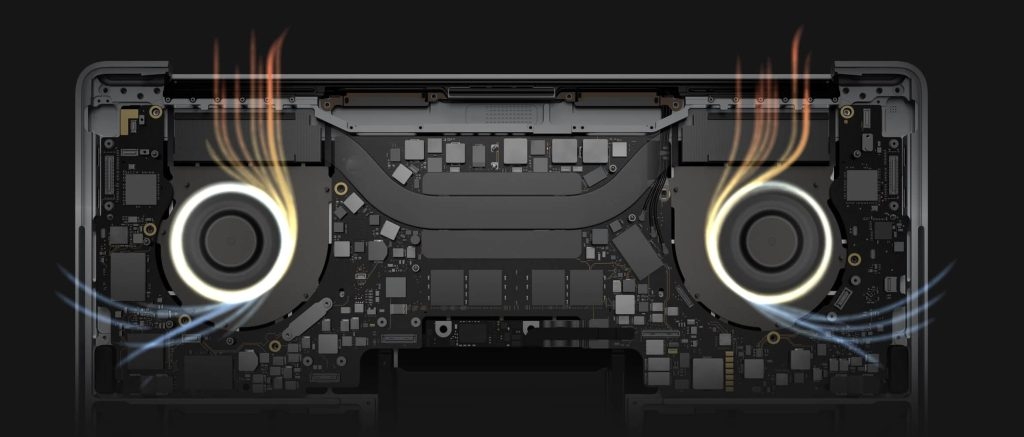
How to Troubleshoot a Loud Mac Fan?
The following are the Causes and Troubleshooting methods to get rid of a loud Mac Fan.
Check Apps and Tabs open on your Device
If your MacBook has plenty of apps and browser tabs open simultaneously, it’s more vulnerable to overheating. Therefore, your device will fire up its fan to cool the MacBook.
So, you should avoid simultaneous multitasking. Close apps and tabs once you have done your work. Especially, you need to be careful if you use intense Graphics apps like Adobe Photoshop, Adobe Lightroom, Adobe Illustrator, iMovie, etc.
Follow the steps below to check which of your apps are using maximum CPU Resources:
- Open Activity Monitor
- Navigate to the CPU tab
- Check the list and close whichever apps are not in use.
Alternately, you can switch your browser for the time being and use Safari instead of Google Chrome. Moreover, for casual activities like listening to music, you can play it on your iPhone using Spotify, iTunes, and similar apps and don’t use them on your MacBook Pro while multitasking.
Check if the Vents are Blocked
MacBook Pro has vents on its back edge and sides, while the MacBook Air is equipped with only back edge vents. The vents equipped draw cooler air inside the device and eliminate hotter air.
However, when your Mac is on a couch cushion, a pillow, a bed or blanket, or even resting on your lap, your device will heat faster. Therefore, I recommend using a coffee table, study table, or office table to use your MacBook and avoid the vents obstruction.
If dust or minute foreign particles have accumulated in the vents, you can blow it up with little air or switch off your MacBook and use a paintbrush to clean the vents.
However, be careful as sometimes, the dust might reach inside your Mac when you try to clean up. Therefore, you have to open up your Mac and clean its hardware components in such a scenario.
Open the Bottom Panel of your MacBook
Use a tiny head screwdriver that will help you open up the bottom panel of your Mac to clean dust or any foreign particles that have accumulated for a long time.
For cleaning the dust particle, don’t blow up the air as that may be risky; rather, wipe it using a lint-free cloth. Also, keep checking your MacBook’s fan and its vents to provide a better passage for optimum airflow, especially at your device’s back edge.
Test your MacBook Fan
Not always an overheating MacBook or blocked vents lead to Louder whirls of your fan. Sometimes, there’s an issue with the Dan also. Realizing the situation, Mac has a hardware Hardware Diagnostic Tool. Moreover, if you use an older model than June 2013, you have the Apple Hardware Test for your rescue.
Both the tools run similarly. Remove all the external peripherals of your MacBook, reboot your device, and press hold the D key to start with the Diagnostic Tool. You will be prompted to follow the onscreen instructions to proceed with the Diagnostic test.
It’s an efficient method as it completes in a maximum of two minutes or even before and quickly reports any Hardware issues. In addition, you can select your preferred language, and the Apple Diagnostics test will report all the problems the tab has diagnosed.
The reference code in the Test Results is checked on the Apple Support Website. You will find three codes for the cooling fan issue, and all of them would begin PPF. If you suspect any issue related to your cooling fan, contact Apple Support at the earliest possible time.
Reset the SMC
If your MacBook’s vents are unobstructed, the bottom panel is clean, and no multiple apps or browser tabs are open simultaneously, you need to reset your device’s SMC (System Management Controller).
It operates your device’s low-level functions like a thermal management system that turns the fan on and off whenever required. Follow the steps given below to reset your Mac’s SMC:
If you have a Non-Removable Mac Battery
- Remove the power cord
- Navigate to the Apple menu
- Go to Shut Down to switch off your device
- After it shuts down, press the Shift-Control-Option located on the left-hand side of your Mac keyboard
- Press hold power and the Shift-Control-Option buttons together for approximately 10 seconds
- Release the keys and now switch on your Mac once more
For Macs with Apple T2 Security Chip (2018 and Later)
- Switch off your Mac
- Press hold the Control-Option-Shift for a minimum of 7 seconds
- Press hold the power button and Control-Option-Shift together for more than 7 seconds
- Release all the keys together
- Wait for 5 seconds and switch on your Mac
My MacBook has excess memory consumed; can it cause the Fan to run loud frequently?
Yes, when you consume more than the usual memory of your Mac, then the device will overheat. Mac will turn on its fan as a part of the thermoregulation process, causing your fan to be loud and run. So free up space to tackle the issue.
The Final Word
After following all these steps, you will not face the issue anymore. Moreover, ensure the causes of the issue to prevent the Mac loud fan issue the next time. Finally, let us know which method worked for you in the comments section!
Directly in Your Inbox

